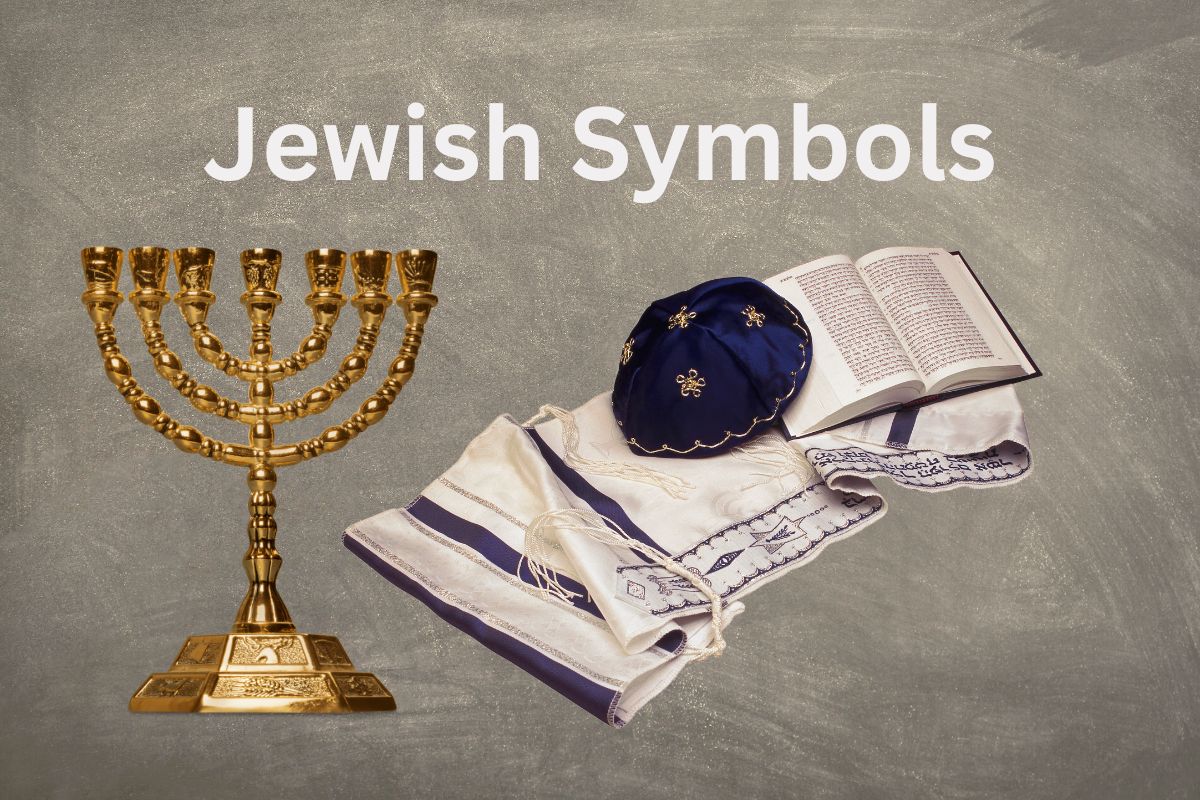Jewish culture is full of symbolism. These symbols draw from their rich history and are deeply rooted in their religious practices. They play a significant part of their homes and synagogues. Some important symbols include the Menorah, Matzevot, the Star of David, the Torah, and more.
What Are The 5 Main Symbols Of Judaism?
A great way to understand Judaism and Jewish culture is through these symbols that hold much importance in their faith.
The Menorah
Menorah is the oldest and the most prominent symbol of the Jewish faith. It is a candelabrum with seven branches used in their temple.
The menorah symbolizes the nation of Israel and its mission of becoming “a light unto the nations.” The light isn’t a violent force, though. Israel can become the light by setting an example for others, not through power.
It’s present in synagogues, called the ner tamid, translated to the eternal flame, symbolizing the menorah. You can also find ornamental menorahs in synagogues with some critical changes to avoid the sin of reproducing Temple objects.
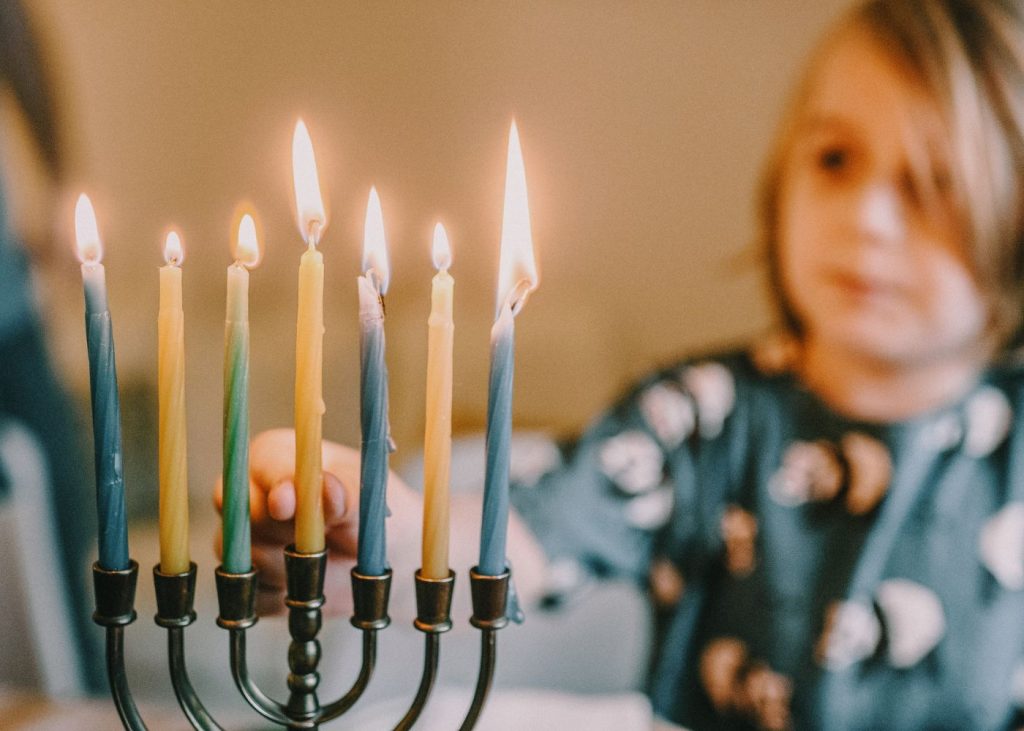
Matzevot
Matzeva, often spelled Maẓẓevah, or Matzevot in the plural is a stone pillar that stands on the elevated ground next to an altar used for sacrificing. People considered it sacred as it symbolized the god and had a wooden pole or ashera to signify the goddess.
Early Israelites used this symbol after winning against the Canaanites as their own until it was outlawed.
The Old Testament mentions the use of matzeva to assign a stone monument or memorial, specifically to depict the case of Rachel and a tombstone that rests on a grave. Modern Hebrew retains this meaning of matzevot.
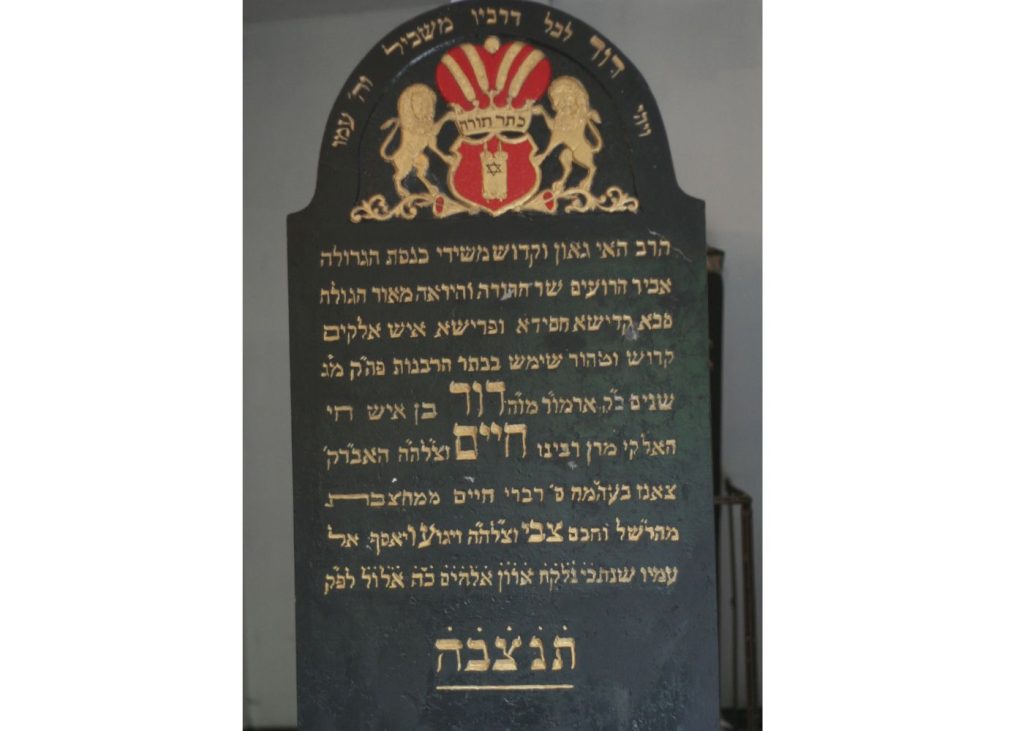
The Star of David
The symbol of the six-pointed star, also called the Star of David, or Magen David in Hebrew, is synonymous with the Jewish people and the nation of Israel. The Star of David appears on the flag of the Israel state in blue on a white background with blue stripes framing it.
The Jewish star symbol dates back to the 1600s when Prague’s Jewish community became the first to use the star symbol as an official symbol. Later on, the popularity of the star spread throughout Eastern Europe.
The Torah
The Torah refers to the first five books of Moses, which are Genesis, Exodus, Leviticus, Numbers, and Deuteronomy. It’s handwritten by a scribe on parchment in Hebrew.
The sages believe that the Torah scroll contains 600,000 letters, and they correspond to the 600,000 Jewish souls. According to this, every Jew has a part of the Torah, and the Torah contains a portion of every Jew.
The Torah as a symbol represents that all Jewish community members must open, read, and internalize the Torah and not just let it sit in the holy ark.
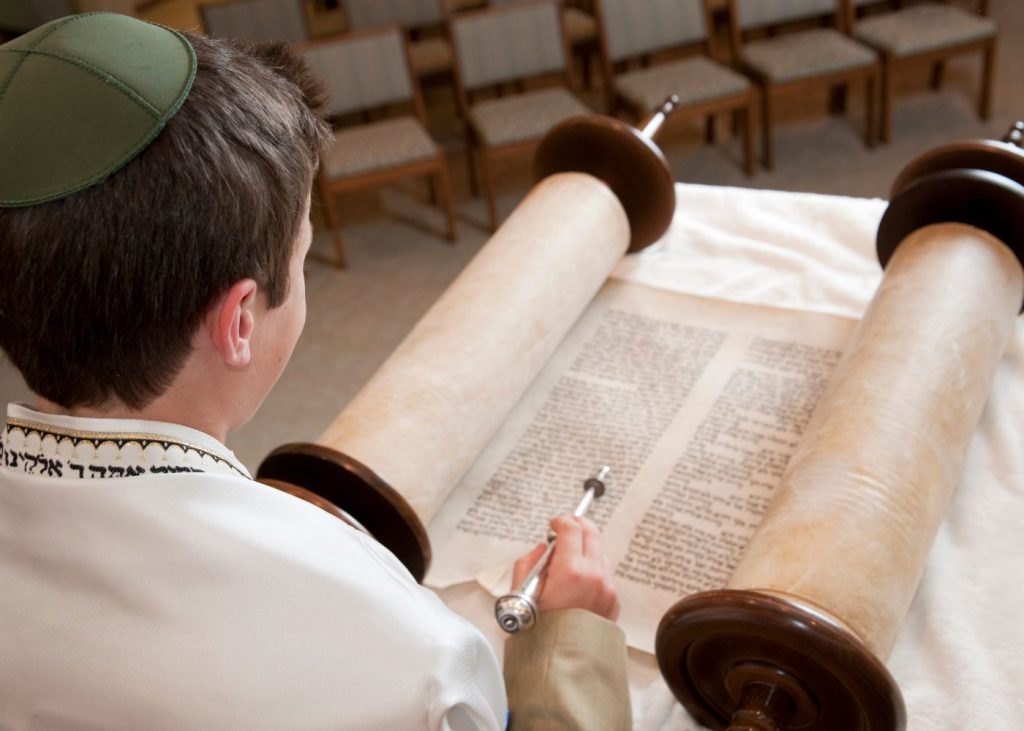
Challah
Challah is a golden brown and twisted Jewish bread. Its origin goes back to the time when Jews left Egypt and then wandered for the next 40 years in the desert. The Torah states that a bread called manna fell for them from the heavens during this journey.
In present times, it’s a sweet bread made from yeast and eggs. While some people braid it into different shapes, some bakers add raisins or chocolate chips to it.
It’s not merely a delicious treat. Challah has various religious connotations. Some loaves of challah feature twelve braided bumps to symbolize the twelve tribes of Israel. A round challah served on Rosh Hashanah represents the circle of life brought in by the new year.
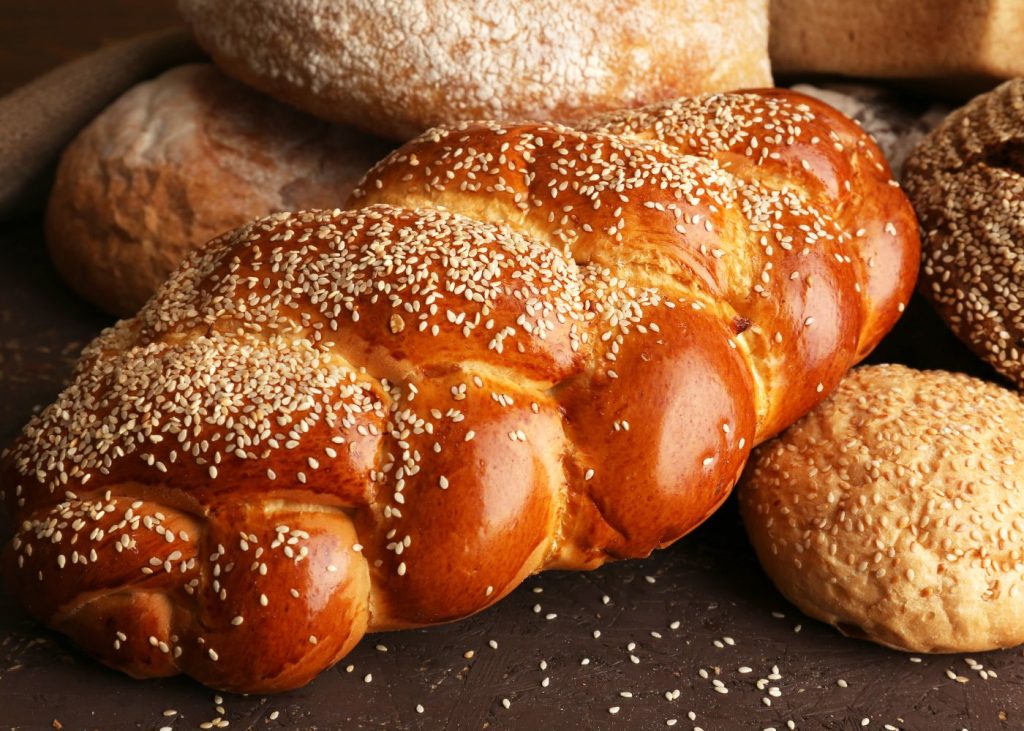
What Are Other Important Jewish symbols?
The dreidel is a key symbol of the Jews, and they spin this 4-sided top while celebrating the Hanukkah festival. Every side contains a letter representing the initial letters of the phrase, A Great Miracle Happened There (Here) or Nes Gadol Haya Sham (Poh).
Mezuzah
Some Jewish households have small cases on their doorposts called mezuzah. This practice is based on the teaching from Deuteronomy that directs people to keep the words of G-d’s in their minds and hearts and write them on their doorposts.
The mezuzah has a rolled-up parchment inside containing the words of the Shema. It also has the letter Shin on the outside. People consider them holy and hang them at an angle outside their homes.
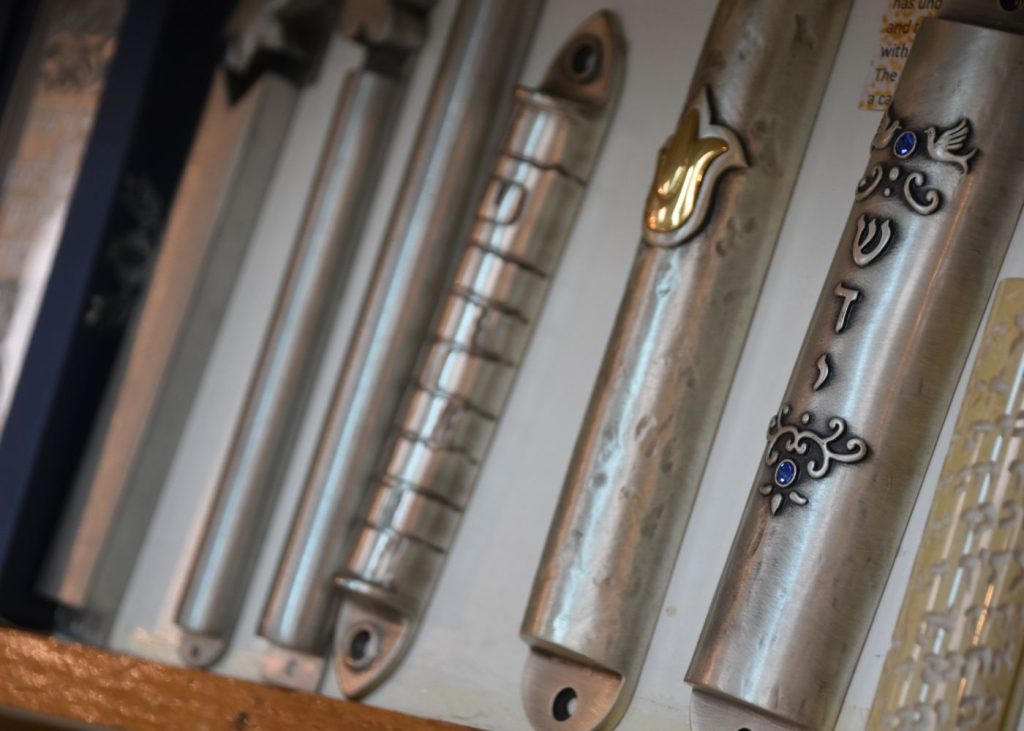
Kippah
Another commonly recognized Jewish symbol and garb is the yarmulke or kippah. The Yiddish word comes from the Tartar word that means skullcap. The Jews have been following the ancient practice of covering their heads while praying.
It comes from Eastern cultures, where covering the head signifies respect. This is why Jews cover their heads during prayer to show respect for G-d.
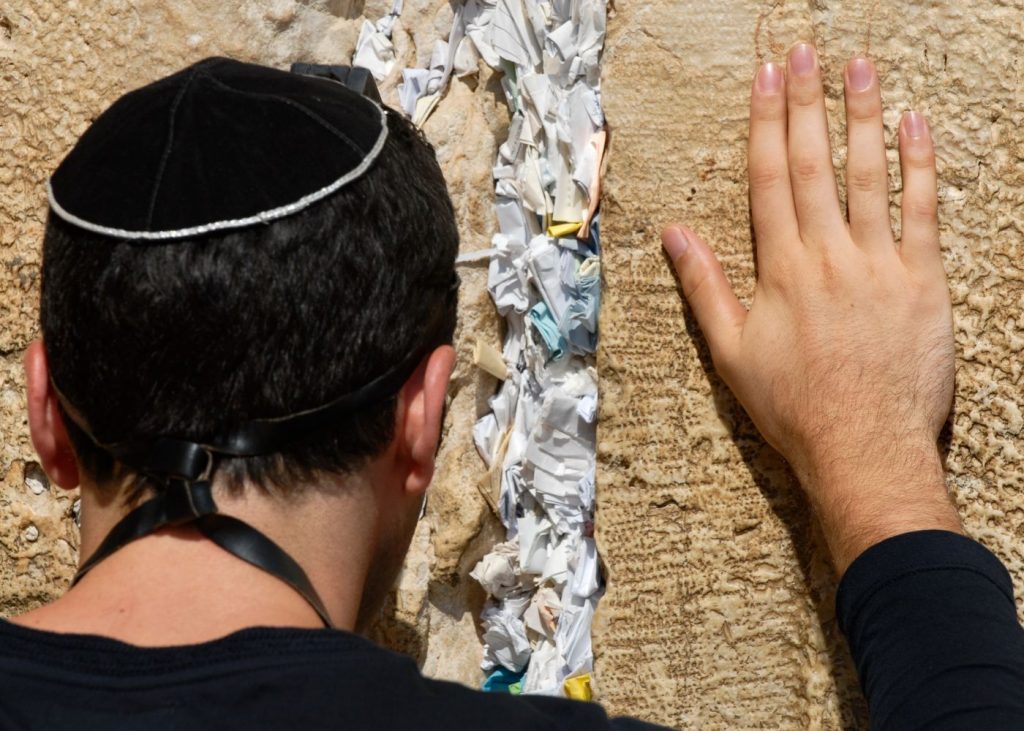
Hamsa
The hamsa symbol is a popular Jewish symbol as well. The hamsa is a palm-shaped protective amulet that people use to ward off the evil eye. Some Jewish people also consider it the hand of G-d.
Today, the hamsa symbol is a part of pop culture and has become a fashion statement. It has meaning outside the religious connotation, and you can also find it in jewelry.
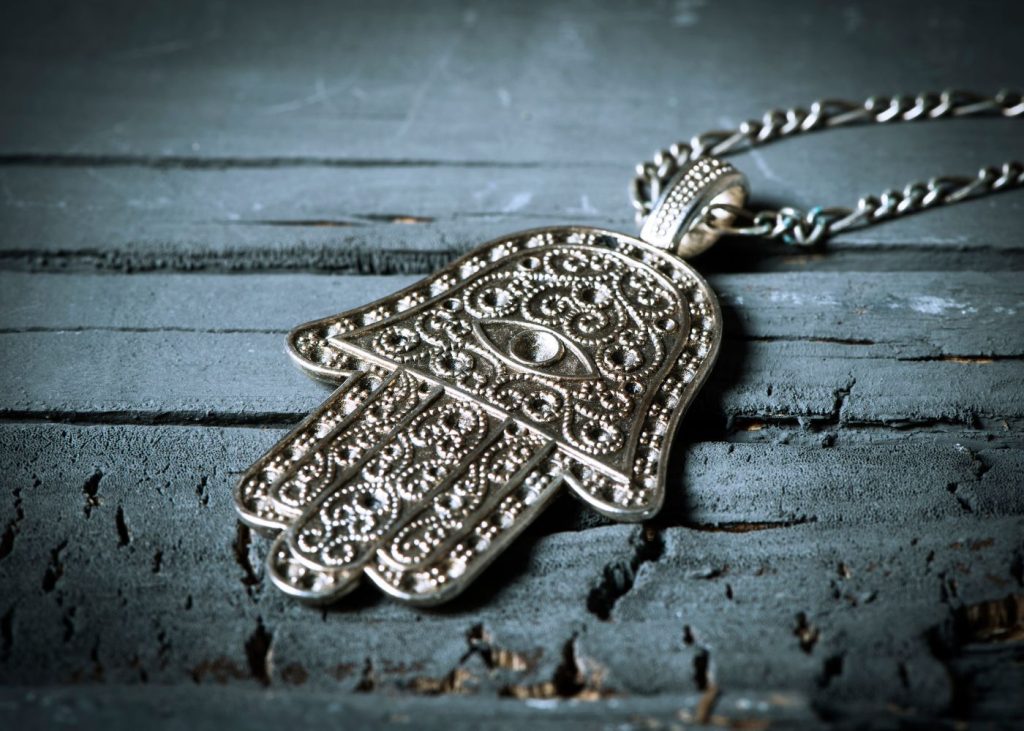
What Is The Hebrew Symbol For God?
Jewish people use the name Yahweh for God, and the way it’s written is YHWH. Also known as the tetragrammaton, it consists of consonants in the sequence Yod, Heh, Waw, and Heh.
The four-letter Hebrew word may come from the phrase meaning to exist, to be, or come to pass.
The Jewish faith is among the oldest and most culturally rich religions. It’s full of many symbols that represent their deep-rooted traditions and beliefs.
If you’ve found this article helpful, check out this post about the Crescent and Moon symbol.

